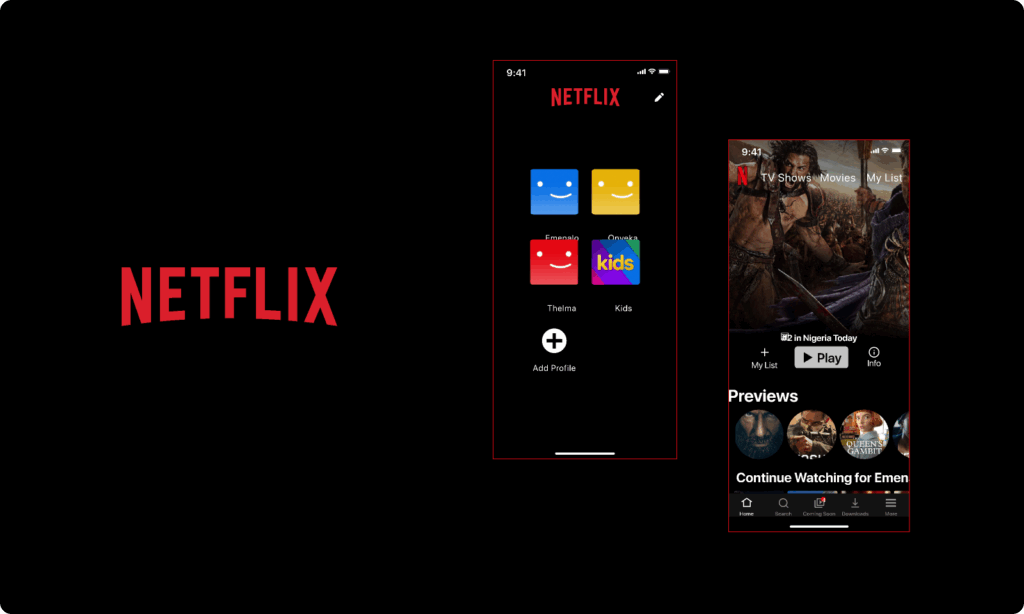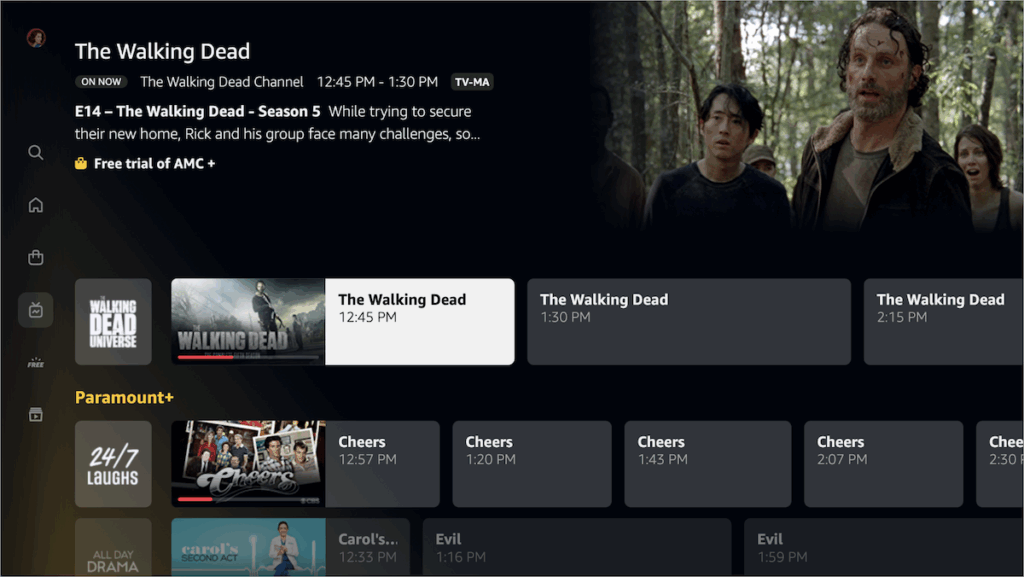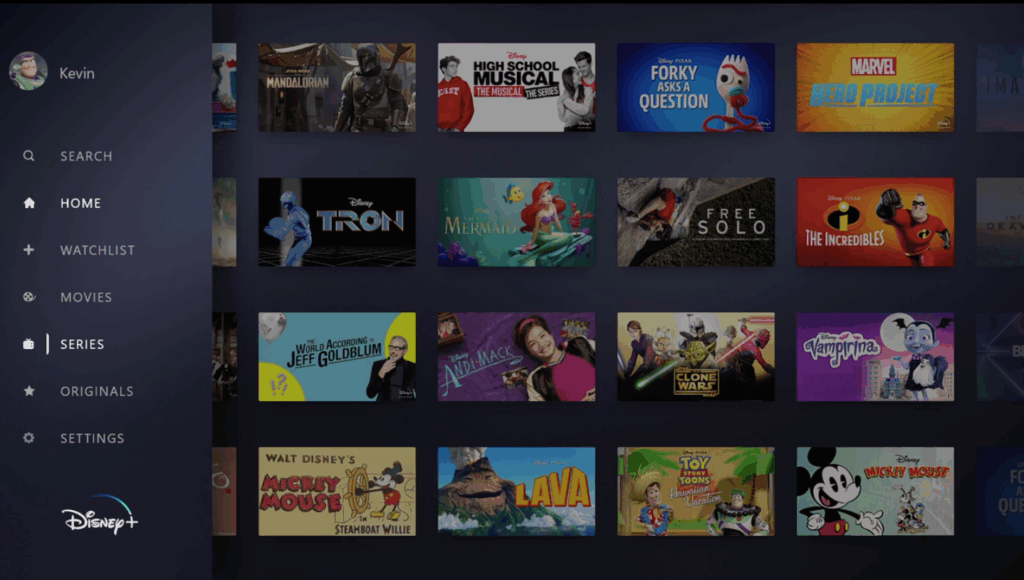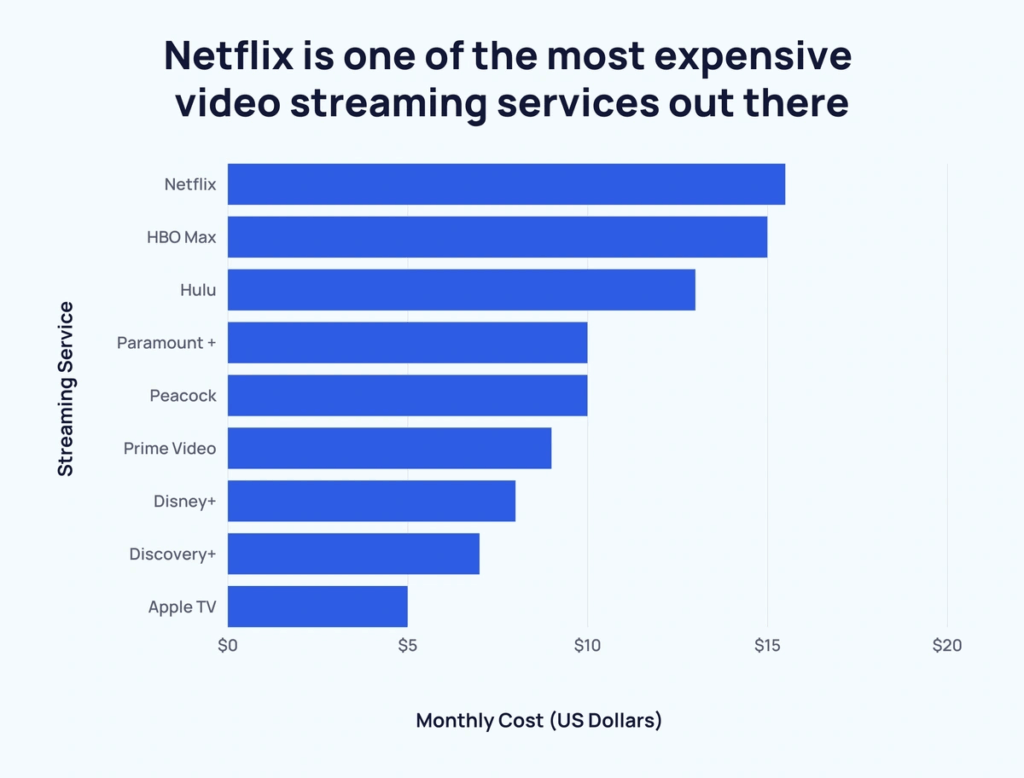The entertainment industry has undergone a seismic shift in the last decade, driven by the rise of streaming platforms that have redefined how, when, and where we consume content. Traditional television has taken a backseat, making room for digital giants like Netflix, Amazon Prime Video, and Disney+. The competition between these titans has intensified to the point where it’s often referred to as the “Streaming Wars.” But in this battle for screen time and subscriber loyalty, who is really coming out on top?
1. Netflix: The Pioneer of Streaming

Netflix was the first major streaming platform to revolutionize the entertainment landscape. What began as a DVD rental service has become the gold standard for digital content. With over 260 million subscribers globally (as of early 2025), Netflix continues to lead in terms of market share, original content, and global reach.
Its investment in international programming like Money Heist, Lupin, and Korean dramas like Squid Game has allowed the platform to cater to a diverse audience. Netflix’s edge lies in its algorithm-based recommendations, user-friendly interface, and a strong portfolio of both films and series. However, rising subscription costs and increasing competition have started to chip away at its dominance.
2. Prime Video: The Underrated Powerhouse

Amazon Prime Video often flies under the radar, but it has become a formidable player in the streaming space. With over 200 million global Prime members (many of whom gain access to Prime Video as part of their package), the platform enjoys a vast user base by default. Its strategy has been more subtle but equally aggressive.
Original hits like The Marvelous Mrs. Maisel, The Boys, and Reacher have received both critical and popular acclaim. Moreover, Amazon’s acquisition of MGM Studios has given it access to iconic franchises like James Bond, offering strong leverage in the streaming platform wars.
The platform’s main challenge is user interface inconsistency and content discovery, something that Netflix has mastered. Still, when bundled with shopping and other perks, Prime Video offers incredible value, especially for households looking to cut traditional cable costs.
3. Disney+: The Family Favorite with Franchise Firepower

Disney+ launched in late 2019 and quickly amassed over 170 million subscribers globally by capitalizing on its treasure trove of intellectual property. From Marvel and Star Wars to Pixar and National Geographic, Disney+ knows how to tap into multi-generational nostalgia and fan loyalty.
In the streaming platform ecosystem, Disney+ has carved out a niche as the go-to service for families and blockbuster franchises. The platform’s original series, such as The Mandalorian and Loki, have been instrumental in keeping subscribers engaged between theatrical releases. Their strategy of bundling services (Disney+, Hulu, and ESPN+) also enhances value.
However, Disney+ faces challenges with expanding beyond its family-friendly image to attract a more adult demographic. Hulu fills some of this gap, but it’s not yet fully available in all international markets, which hinders global expansion.
4. The Streaming Platform That’s Winning Right Now

So, which streaming platform is currently winning the war? It’s not a clear-cut answer. Netflix maintains the lead in global subscriber count and has a long-standing content machine churning out new releases. Disney+ is aggressively closing the gap by leveraging its unmatched catalog and franchise synergy. Prime Video continues to be the silent but strong player, especially attractive to those already using Amazon’s ecosystem.
When evaluating “winning,” the criteria matter: Is it subscriber growth? User engagement? Original content output? Or profitability? If we go by global brand recognition and cultural impact, Netflix still holds the crown. But in terms of value proposition and bundled services, Prime Video is highly competitive. Disney+ dominates franchise loyalty and family entertainment.
Streaming platform success may not be about a single winner, but about sustained value and adaptability in a rapidly changing media landscape.
5. Content Strategies: Originals vs. Licensing

Netflix has heavily invested in original content to reduce its reliance on licensed titles. This approach has yielded mega-hits like Stranger Things and The Witcher. Disney+ benefits from decades of content ownership and produces spin-offs that fit seamlessly into established cinematic universes. Prime Video combines both strategies—creating exclusive originals while licensing blockbuster movies and shows from third-party studios.
The streaming platform that best balances quantity with quality and regional relevance will win the long game. With audience tastes becoming more segmented, personalization and localized programming are more important than ever before.
6. The Price Battle

Pricing is another key battleground. Netflix has raised its prices consistently over the past few years, which has caused some backlash. Prime Video remains competitively priced—especially considering its inclusion in the larger Amazon Prime package. Disney+ initially entered the market at a lower price but has introduced tiered options, including an ad-supported model.
Consumers now weigh cost, content, and convenience equally. This has led to increased churn rates, where users subscribe temporarily to binge a series and then cancel. To combat this, platforms are staggering releases and experimenting with hybrid models like one-time rentals and live content offerings.
7. Future Trends in the Streaming Space

The next phase of the streaming platform evolution will include AI-powered recommendations, virtual reality integration, and expanded global access. We may also see more consolidation, where bigger players absorb smaller ones to increase market share. With companies like Apple TV+, Paramount+, and Peacock trying to stay competitive, the ecosystem is more crowded than ever.
Ultimately, the winners will be those who innovate while staying user-centric. That includes not just content delivery, but also seamless payment models, accessible interfaces, and community-driven features.
Conclusion: A New Era of Entertainment
The streaming wars are far from over. Each major player—Netflix, Prime Video, and Disney+—brings unique strengths to the battlefield. Netflix sets the standard with its vast content library and user experience. Prime Video offers unbeatable value and is expanding its original programming. Disney+ continues to capitalize on brand loyalty and immersive storytelling through franchises.
At the end of the day, the true winner may be the consumer, who now has more choices than ever before in how they consume content. As each streaming platform adapts to viewer behavior, budget constraints, and technological advancements, one thing is certain: the way we watch will never be the same again.
